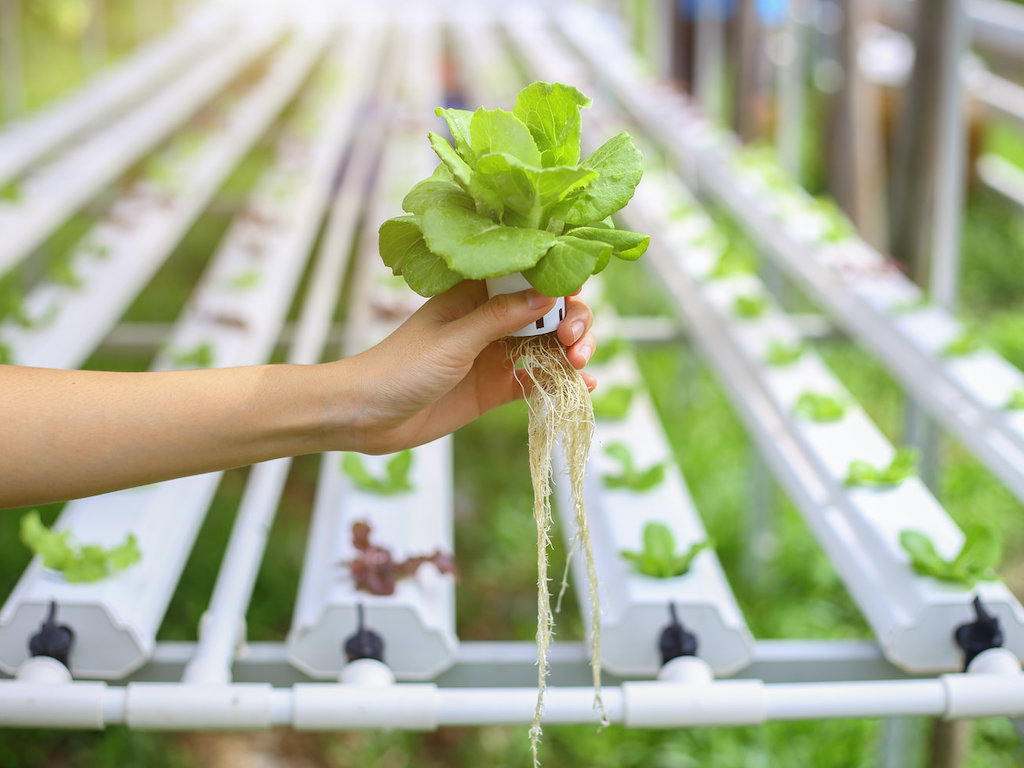Hydroponics using the best hydroponic system with all its advantages is increasingly popular among the public. Apart from being an independent food self-sufficiency business, hydroponic farming can also be an option to channel your hobby of planting even if it is only in a narrow space.
Hydroponic growing can be said to be difficult and easy. It’s not as complicated as planting on agricultural land. However, hydroponic farming also often fails. Especially for beginner growers who are cool with the hobby of hydroponics. Therefore, for you hydroponic novice players, consider five mistakes that are often made in hydroponic farming. The hope is that the same mistakes will not be repeated in you.

Most hydroponic players are hobbyists or home-scale growers. Hydroponics is indeed the right choice for those of you who are stuck in a routine and bored with the chaotic city life. However, the busyness of daily activities should not even kill your hydroponic plants. Schedule to water the seedlings in the morning before the activity and in the afternoon after the activity. The seedbed period is a critical period for the growth of a plant. The seeds will absorb a lot of water to grow leaves and roots. If your seedlings dry out, your plants will stress and die.
Do not put the seedlings in a place that does not have enough sunlight. Plants need sunlight for the process of photosynthesis. Lack of sunlight makes the hormone auxin in plants continue to be produced so that the plant will only grow elongated. Long, but pale in color so lack of nutrients in the plant will cause your plant to die.
Each plant has a different growing season. This period relates to when plants can be harvested and when to sow seeds again. If you don’t understand this, crop failure can happen. In addition, if you miscalculate the schedule, it could be that after harvesting, you don’t have seedlings that are ready to be planted. For example, if you plant kale, the harvest period is 20-25 days, while the time it takes to sow the seeds is 7-10 days. When the kale plants you plant are 10-15 days old, you must start sowing new seeds so that your hydroponic cultivation can be sustainable.
After successfully sowing seeds with a hydroponic system, it will usually make you addicted to trying other types of plants. Wait a minute. Different plants require nutrients and have different harvest schedules. So sowing all kinds of plants together regardless of the time of planting and the type of nutrients they need will cause all of them to fail. Therefore, it is better to study the character of each type of plant before planting. Try easy plants first, such as spinach, lettuce, and kale. If you have successfully harvested all 4 of these vegetables, proceed with planting more difficult crops such as Mint or Basil.









